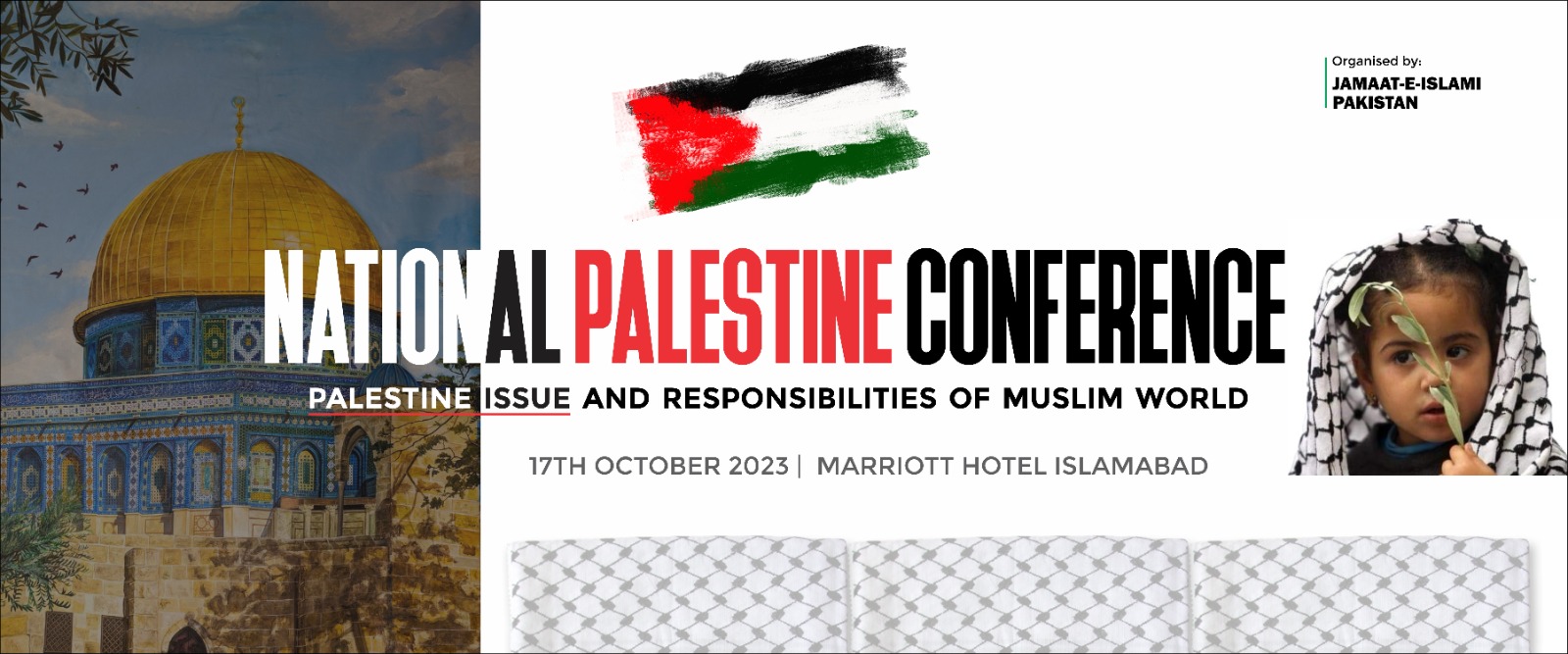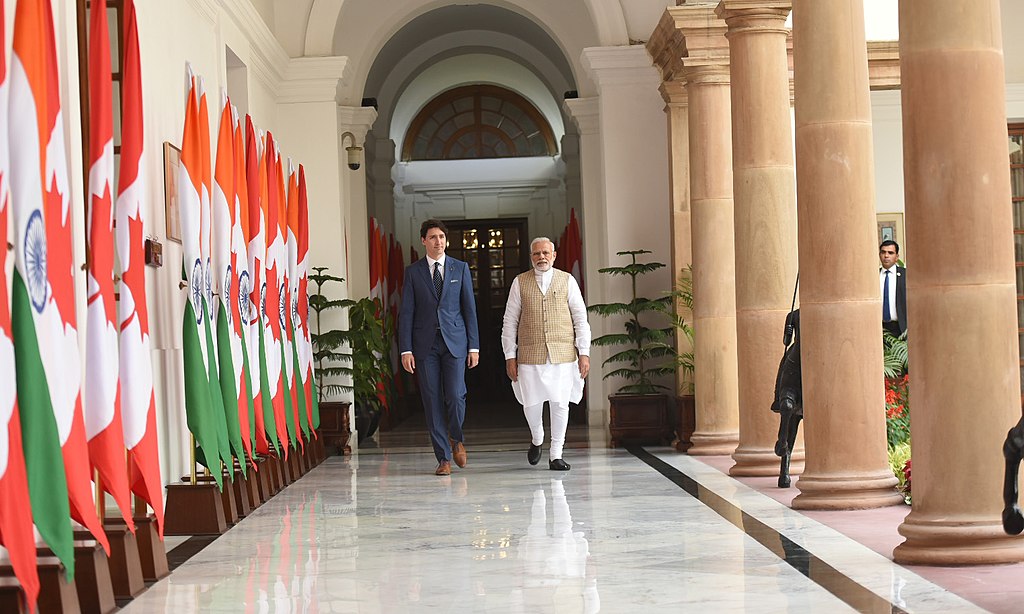By Shahnawaz Farooqi
Every prophet who came to this world had the two most important duties. First, he told the people what was true and what its details were. Second, every prophet pointed out the vice of his time and challenged it. The act of challenging the vice was a resistance against the wrong. This resistance was at a rational as well as a practical level.
The special characteristic of this resistance was that it was unconditional so those who resisted never said that they don’t have a state so they can’t resist, they don’t have an army so can’t resist, they don’t have wealth so resistance was difficult for them.
Resistance against the vice has to be done anyway as it is Fard (religious obligation) of Shahadat-e-Haq (testimony to the truth). Man has to perform the duty of Shahadat-e-Haq by all means.
Prophet Ibrahim (peace be upon him) was just an individual. He had no government, no state, not army, no wealth, no rank, no status or a nation behind him. He had not had even a group of people with him but he was ordered to go to Nimrod and warn him about his wrongdoing and invite him towards the truth. When Prophet Ibrahim (peace be upon him) was ordered this, he did not ask for strength, army or state to confront Nimrod. Nimrod tried to burn Prophet Ibrahim (peace be upon him) alive but Allah saved him miraculously.
The last prophet of Allah (peace be upon him) also pointed out the vice and challenged the powerful infidels. He had no government, no state, no army, no nation and no wealth. There were just a few Muslims on his side and Prophet Muhammad (peace be upon him) challenged the vice on both rational and practical levels. Then comes the Battle of Badr, a battle fought with an awful military imbalance. There were just 313 people with a single horse and a few camels. Most of them did not have even a sword, armour or spear. On the other side, there was a strong army of 1,000 soldiers having a large number of horses and camels. Every soldier was equipped with a sword and armour. They had spears too. Prophet Muhammad (peace be upon him) did not complain of this imbalance of power. He was busy worshipping all night.
The holy prophet (peace be upon him) was given good news in the morning about help from the angels and the victory of the Muslims.
This prophetic model of resistance against the vice is an exemplary model. There is nothing more important than Shahadat-e-Haq.
A man becomes a man after fulfilling the duty of Shahadat-e-Haq in this model and life becomes a life by fulfilling the duty of Shahadat-e-Haq. That is why this model of resistance has always shaped history. The message of this model for Muslims is that there is dignity and glory in resistance against the vice. Resistance is the best defence against the vice. Resistance against the vice is the perfection and the beauty.
A deep effect of this prophetic model of resistance can be seen on Mujadids (religious reformers) in Islamic history.
Tipu Sultan is the symbol of Muslim resistance in the subcontinent. Tipu was a bulwark of Muslim resistance against the British. The British could not overpower the subcontinent until Tipu’s martyrdom. The opposition by Tipu kept the Muslim spirit of resistance alive in the subcontinent.
Sirajuddaulah’s resistance against the British is also an important chapter in the history of the subcontinent.
Though the War of Independence of 1857 was not successful, it made it clear that Muslims were not dependent on a state, government or a regular army to put up resistance. As resistance was in the DNA of the Muslims of the subcontinent, they confronted the Hindu majority and the British Empire for Pakistan.
It was the resistance in the collective DNA of the Muslims of the subcontinent that brought forth the poetry of Akbar Allahabadi, boosted the miraculous talent of Iqbal and made Muhammad Ali Jinnah as the Quaid-i-Azam.
Great civilisations and history produced big names. Akbar’s poetry of resistance won the battle for Muslims of the subcontinent. Iqbal continued this legacy and strengthened the confidence of the Muslims that the revival of the glory of their past was possible. The Quaid-i-Azam made an impossible task possible with the power of his religion, civilisation and history.
There would not have been Pakistan in the first place if there was no resistance. Those who resist do not see how life is but they see how life should be. Resistance starts as a dream, moves in like a dream and then finally turns a dream into reality.
In the 20th century, on the one hand, the resistance of Muslims created a nation in the form of Pakistan, on the other hand, this resistance defeated the Soviet Union and the United States in Afghanistan. This resistance made Hamas a state in Palestine. The unarmed people of Kashmir are standing in front of India. Resistance is not a strategy in the prophetic model of resistance but it is a way of life. A Muslim resists inside with “Nafs al-Ammara” (commanding self) and resists the evil and false worshippers outside. This situation makes resistance a way of life for him. The example of the prophetic model of resistance is unrivalled in the world. Neither was there any in the past nor there would be in the future. Resistance is such a powerful factor that a non-religious model of resistance has also brought revolutions in the world. The Russian Revolution was a result of resistance from Marx and Lenin. The Chinese Revolution was a result of resistance from Mao Zedong. There is magic in a non-religious model of resistance and the religious one is a miracle.






